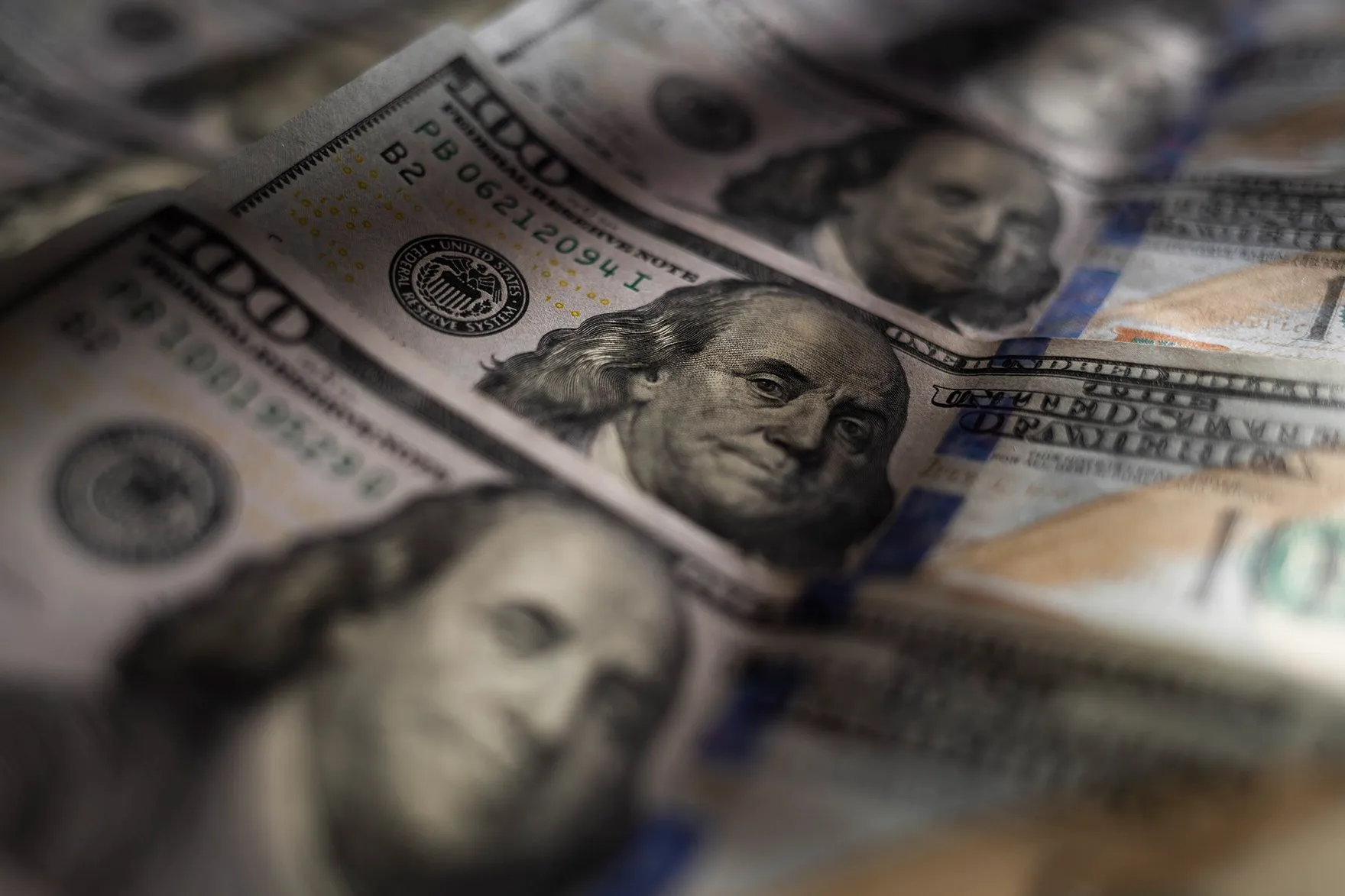The Dollar Drops as Traders Price in Two Rate Cuts in 2025 in Response to Weak Jobs Data
The U.S. dollar weakened sharply Friday as new data showing slower job growth fueled speculation that the Federal Reserve will deliver two interest-rate cuts before year-end. The Bloomberg Dollar Spot Index dropped as much as 1%, marking its steepest single-day decline since April 21, as the July payrolls report fell short of expectations and prior months’ figures were revised downward. The yen and euro led the charge against the greenback, with the Japanese currency jumping 2.2% and the euro climbing over 1%.
The weaker-than-expected jobs data adds to signs that the U.S. labor market is losing momentum, bolstering expectations for monetary easing. This comes as President Donald Trump has intensified criticism of Fed Chair Jerome Powell, accusing him of acting too slowly to lower borrowing costs. Market participants believe political pressure on the central bank may increase in the days ahead, potentially adding to downward pressure on the dollar.
“It’s now clear that the U.S. labor market is cooling fairly sharply,” said Helen Given, a foreign-exchange trader at Monex Inc. “There’s a good chance Trump’s crusade against Chair Powell ratchets up further in the coming days, and there could be further losses for the dollar to come as a result.”
The dollar’s weakness this year has been amplified by Trump’s aggressive trade policies, which have unsettled the $7.5 trillion-a-day global currency market and dampened the outlook for worldwide economic growth.
Earlier in the summer, the greenback found temporary relief as U.S. equity markets rallied on optimism surrounding trade negotiations. However, recent reports suggesting broader economic softness have renewed selling pressure, causing the dollar to extend its year-to-date decline to more than 7%.
Strategists warn that continued deterioration in U.S. economic data could challenge recent optimism in financial markets. “If weakness in activity data is sustained going forward, it will make markets question the recent outperformance in U.S. equities on the back of trade deal announcements that has been lifting the dollar relative to peers,” said Jayati Bharadwaj of TD Securities.
The latest labor report has shifted the policy outlook considerably. Traders now expect the Fed to deliver two rate cuts by the end of the year, with a high probability of the first reduction occurring as soon as September.
The weaker payroll numbers, coupled with downward revisions to previous months, have heightened concerns that restrictive monetary policy may be weighing too heavily on employment and overall economic momentum.
Currency analysts note that the sharp move in the yen reflects both its safe-haven appeal and shifting interest-rate expectations. As U.S. yields fall on prospects of Fed rate cuts, investors are moving funds into currencies perceived as more stable. Similarly, the euro’s more than 1% gain indicates broad-based dollar selling across major foreign-exchange markets.
This bout of dollar weakness is particularly notable given its recent resilience in the face of global trade tensions. Earlier this year, many investors viewed the U.S. as a relative safe haven compared to other economies grappling with slower growth. However, the combination of weaker employment data, political pressure on the Fed, and persistent trade-related uncertainty is eroding that advantage.
Looking ahead, market attention will focus on upcoming economic reports, including inflation data and consumer spending trends, to assess whether the slowdown in payroll growth is temporary or the beginning of a more pronounced labor market downturn. If economic indicators continue to soften, it could strengthen the case for the Fed to adopt a more aggressive easing stance, potentially driving the dollar even lower against major counterparts.
For now, traders are bracing for heightened volatility as monetary policy expectations realign with evolving economic realities. With the dollar already posting its largest daily drop in months and showing a substantial loss for the year, the greenback’s trajectory will hinge on whether the Fed moves decisively to support the slowing economy or opts for a more cautious approach in the face of political and market pressures.

Subscribe to our newsletter!
As a leading independent research provider, TradeAlgo keeps you connected from anywhere.








